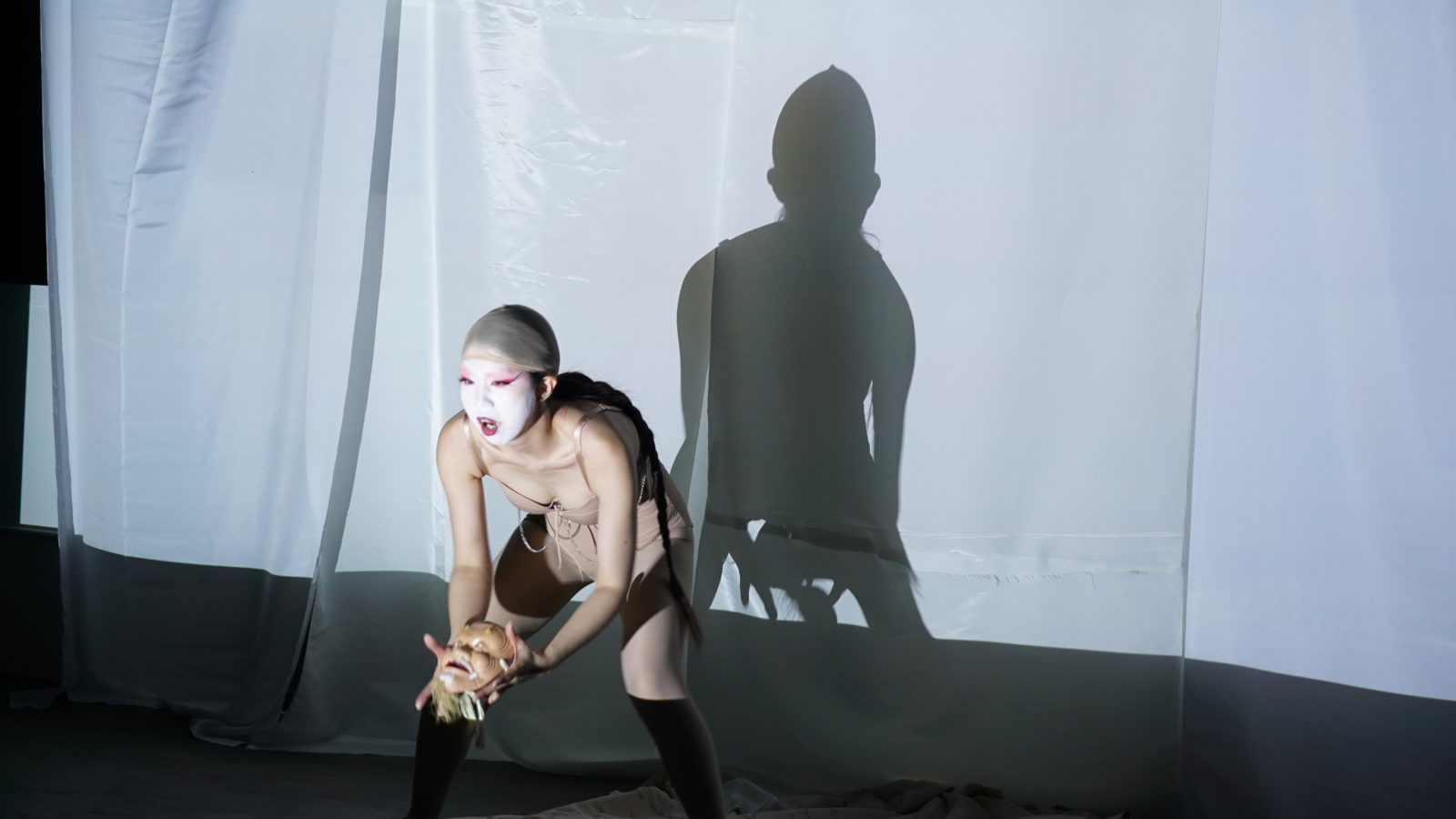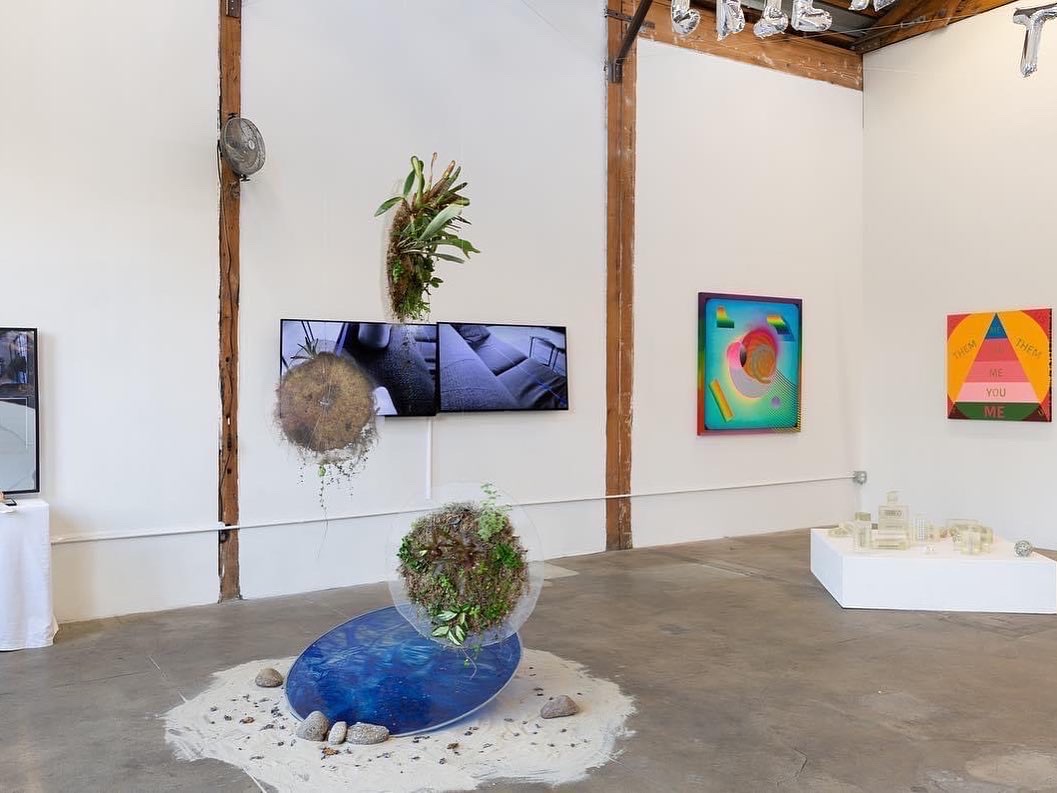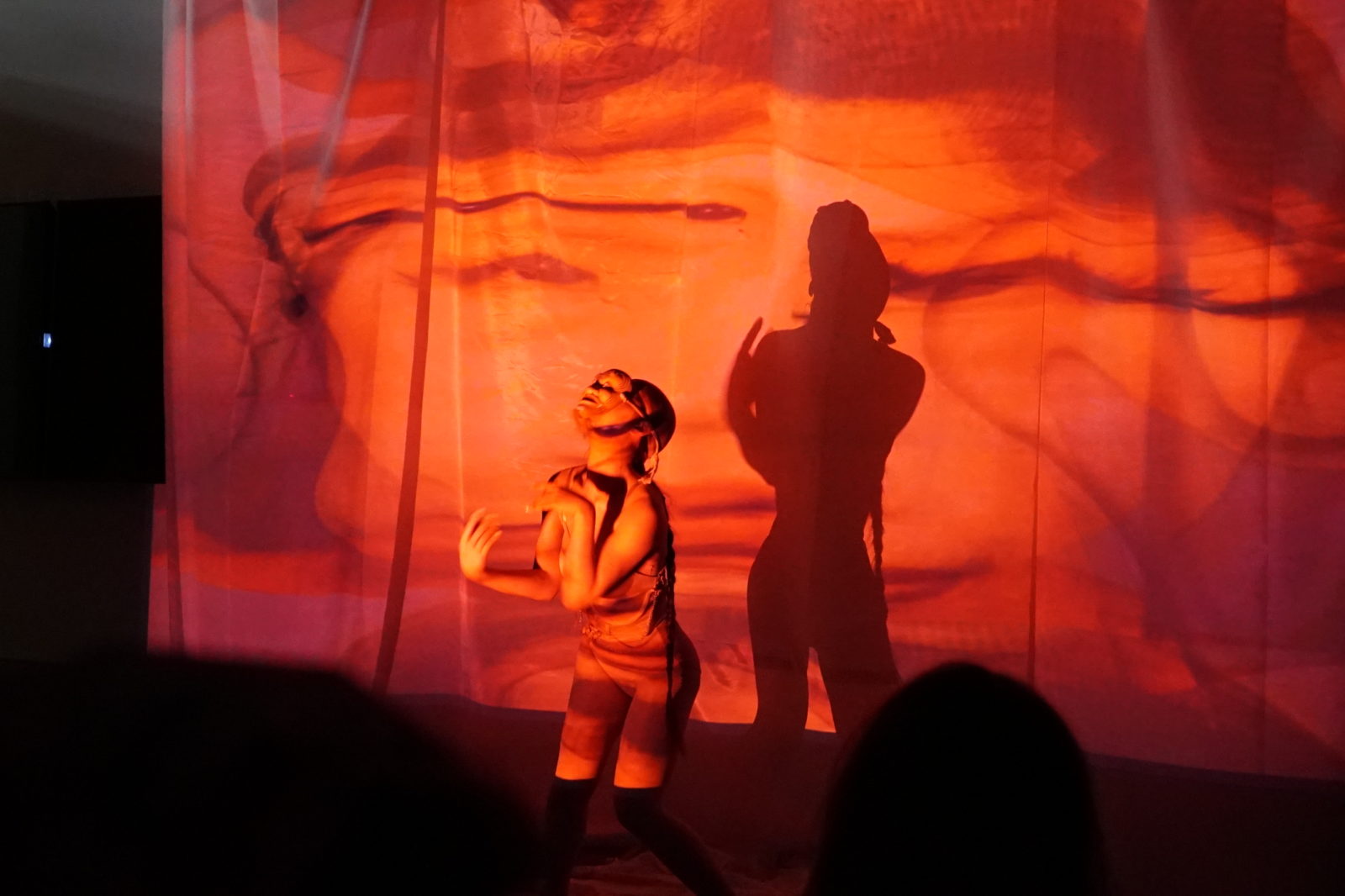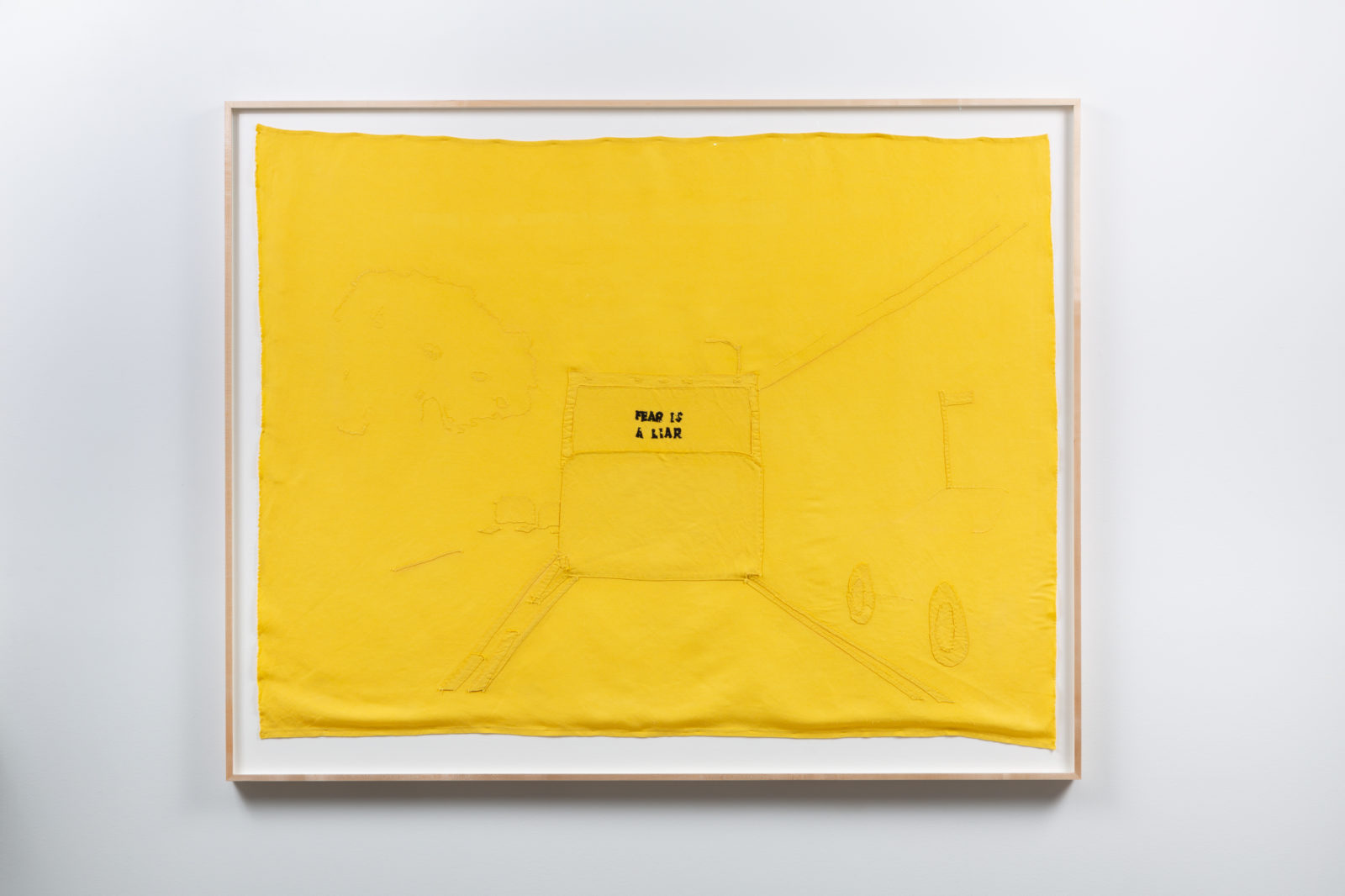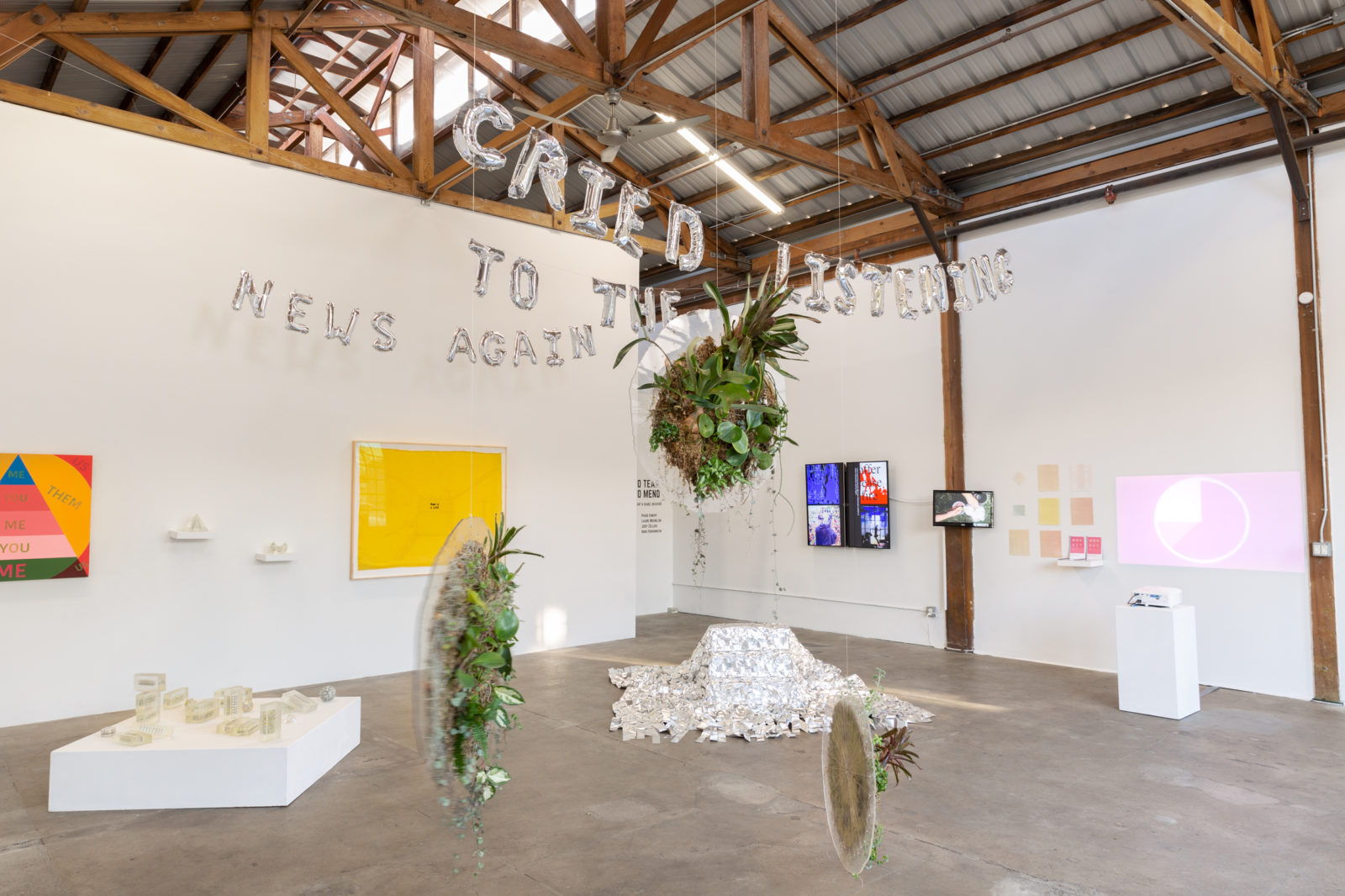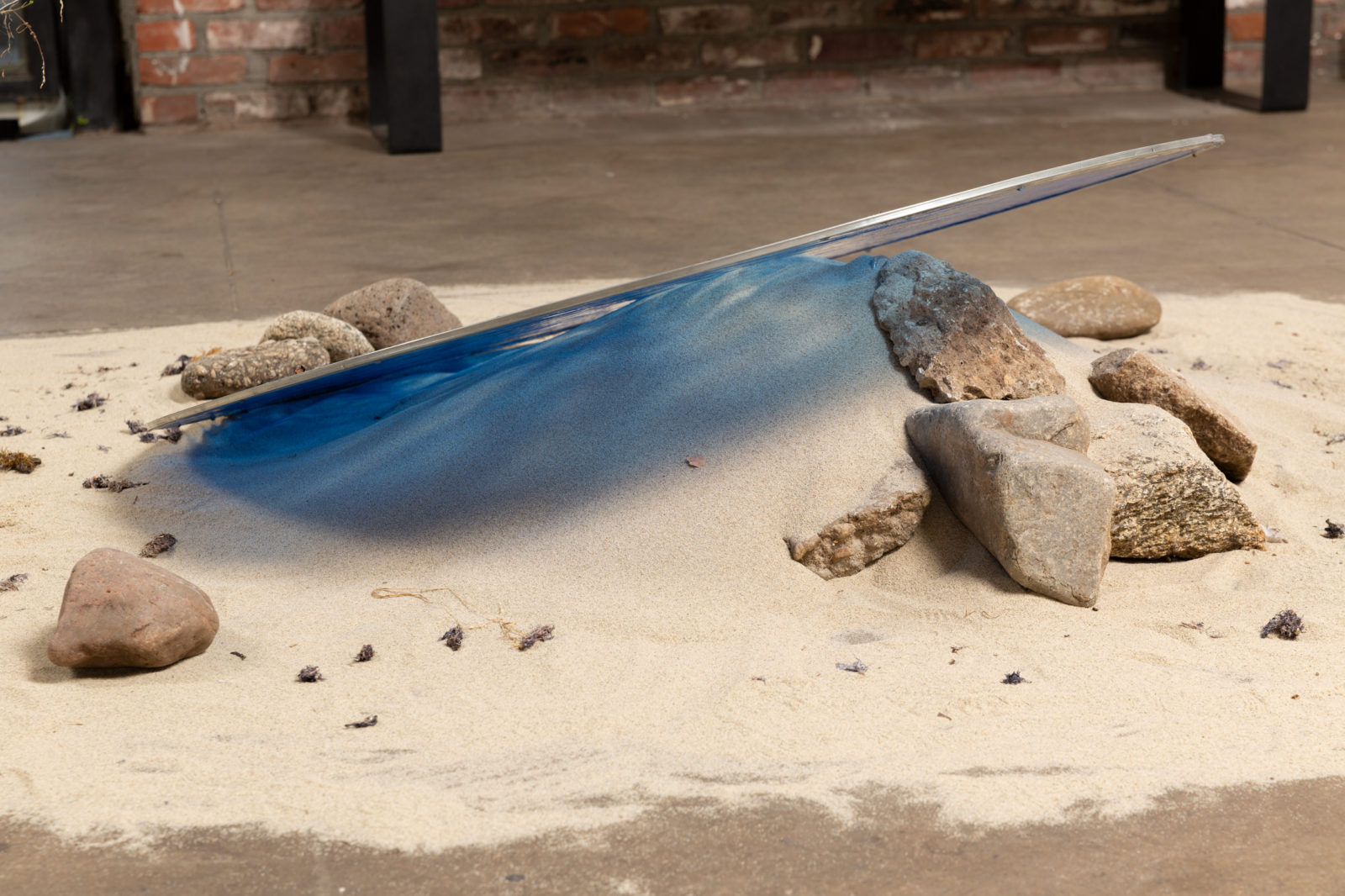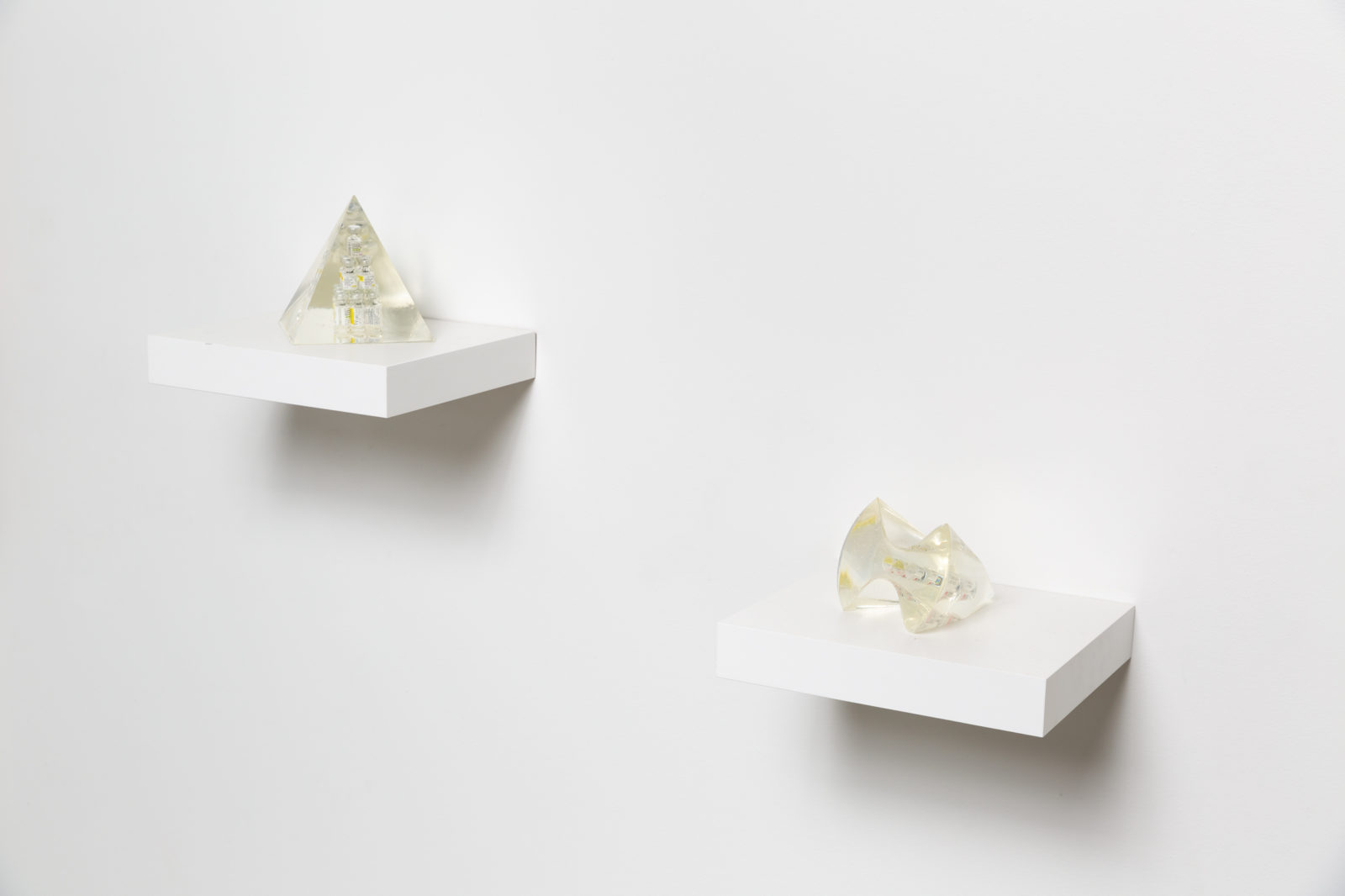“A time to mourn and a time to dance
A time to tear and a time to mend
A time to be silent and a time to speak”
-(excerpt from Ecclesiastes 3)
In an age of hyper-information, digitization, endless scrolls, and the twenty-four-hour news cycle, knowledge is at our fingertips. While this access to knowledge is useful, it also desensitizes those immersed in it to bodily and ancestral forms of knowledge. There is no longer an excuse for ignorance in the First World. Instead, there is an urgency for “correctness”, immediate response, and a new, performative morality validated in social media infographics and Black squares. Algorithms tailoring information to this perceived moral compass may deprive society of foundational wisdom or even breed hostility towards it.
a time to tear, time to mend explores the advent of wisdom collection through ecological, historical, somatic, and technological artifacts. This exhibition asks: How can one assess, metabolize, and grieve traumatic events flashing across their timeline? How can one individually and communally navigate information in a way that is healing and beneficial? How can non-human ecologies inform our understanding of time and listening? What purpose do virtual and augmented realities serve in crafting our compass towards wisdom? Artists within the Sci-Art Ambassador cohort utilize digital, video, sculpture, painting, and performance to explore these questions.
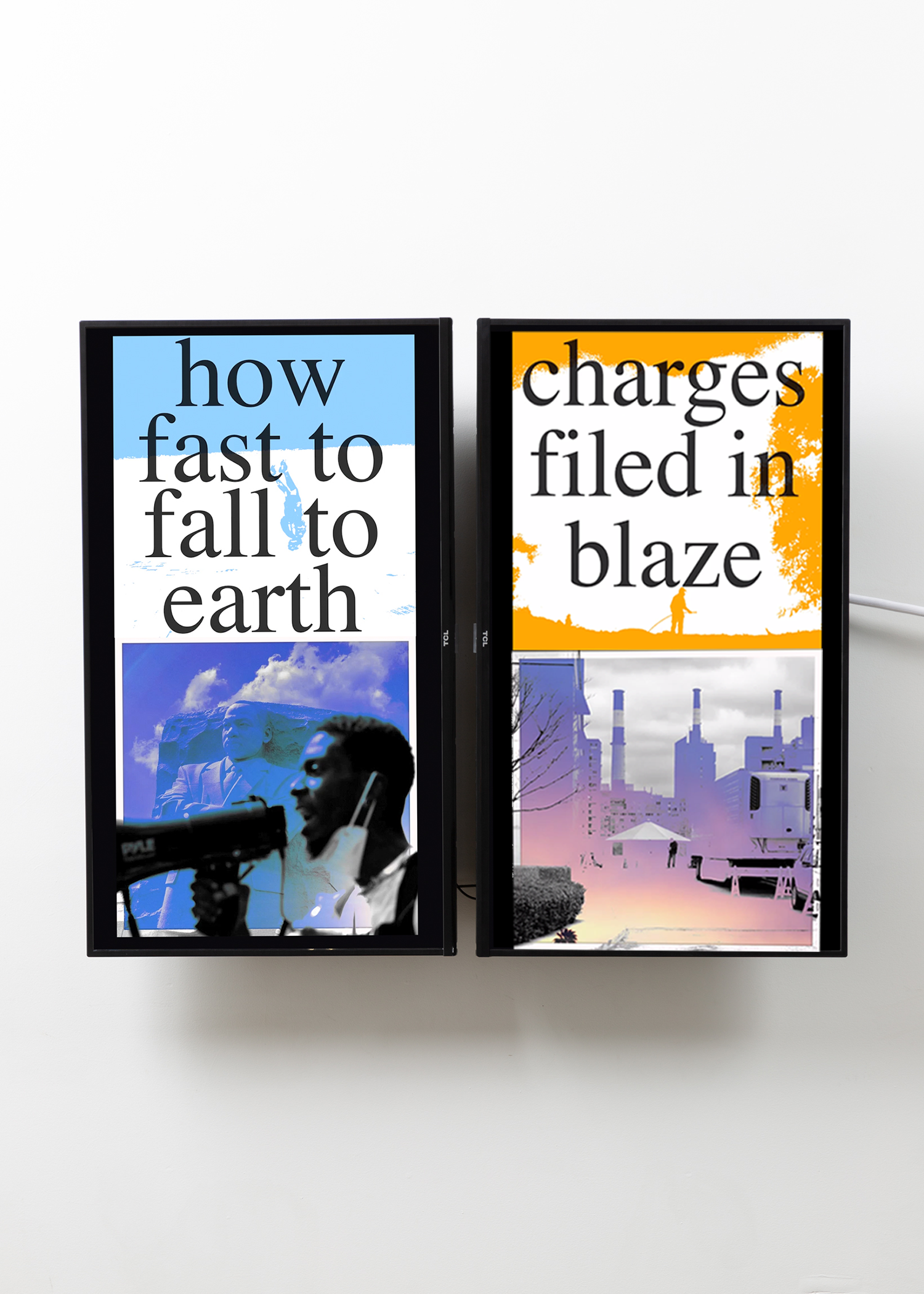
Laure Michelon and Jody Zellen explore the inescapability of external biases and information overload that are imposed on an individual through media and algorithmic technology. Michelon’s Machinic Reflection confronts bias in emerging technologies. A camera is placed strategically in the gallery that captures an image of any viewer in close proximity to the work. An algorithm trained on a curated dataset of categories. The proximate items on the vanity, [Mask.01.A] and [Mask.02.A] are AI-generated representations of the artist’s face. The masks serve as a type of tool or prosthetic through which the user could disrupt their classification originally deemed by Machinic Reflection.
The willing and unwilling participants are forced to contend with these categories, despite how senseless they seem. Jody Zellen’s Photo News series forces viewers to be inundated with news headlines and imagery from the past four years. Decontextualized from their original platform, and presented in quick succession, the cumulative weight of current events wax and wane. In their number and variety they become overwhelming; yet after some time fatigue sets in, one fading into another. Interweaving with unavoidable forces like media outlets and algorithms that shape the content we see, these works examine the connectedness we may feel to events and people while simultaneously being utterly disconnected from them.
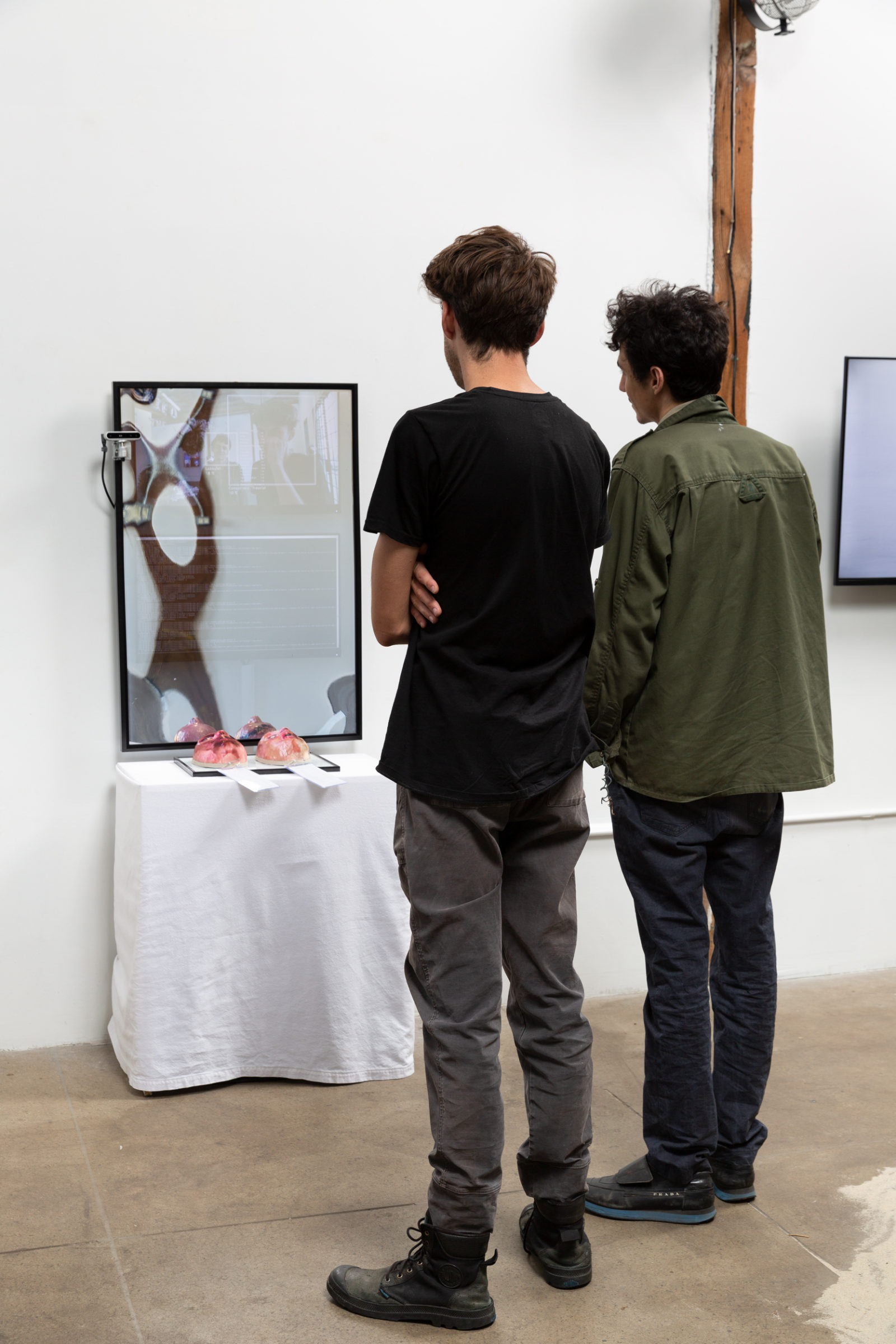
In Cara Levine’sCried Listening to the News Again, she wrestles with grieving amid life at a break-neck pace. The floating foil balloons highlight a disconnect between the impact of our collective traumas and our inability to grieve for them. They blow in the wind, dispersing like alphabet soup, and land again in sequence, describing a daily pain. The string of letters spelling out ‘cried listening to the news again’ is an attempt at grieving made physical: an SOS, a message in search of a receiver. Her work, Stairs, presents the ghost of stability and structure. A staircase disappearing into the ground into the foil tapestry highlights the fragility of this world and the futility of the structures we create for it. In Fear Is A Liar, Levine grapples with a phrase she saw nonchalantly on the back of a truck while commuting to work in Los Angeles. While watching the truck, she listened to the news of child separations at the border, an impeachment proceeding, and a soon-to-be-supreme court justice on trial for rape. She thought, is fear a liar tho? How do we reconcile all the pain all the time? What do our bodies know that allows us to weather trying times?
In Resmaa Menakhem’s 2022 book, “The Quaking of America: An Embodied Guide to Navigating Our Nation’s Upheaval and Racial Reckoning”, he mentions body and logic, noting that “We are bodies. The mini-me [we] imagine inside [our] head[s] is not the dictator of [our] body but one of its thousands of interacting energy flows.” In their works, Erin Cooney, Ibuki Kuramochi, and Mich Miller explore somatic and historical wisdom through the energetic relationship between our bodies, our identity, and the external world, digital and non-digital.
Erin Cooney made Now a Room, Now a Landscape during Los Angeles’s March 2020 “Safer at Home” orders, which were imposed in response to the outbreak of COVID-19. The work is about walking, embodiment, point of view, and landscape. Creating a labyrinth in her home using furniture and objects, Cooney walks with cameras situated on her feet, collapsing the relationship between object and subject. In conducting research for this project, she learned about the history of the ground she walks on as an Angeleno: many major Los Angeles Roads were built on pathways cut into the land by Indigenous Angelenos This video work signifies both an embodied and internal journey in which she attempts to get her own “feet on the ground” of the land, culture, and time in which she lives.
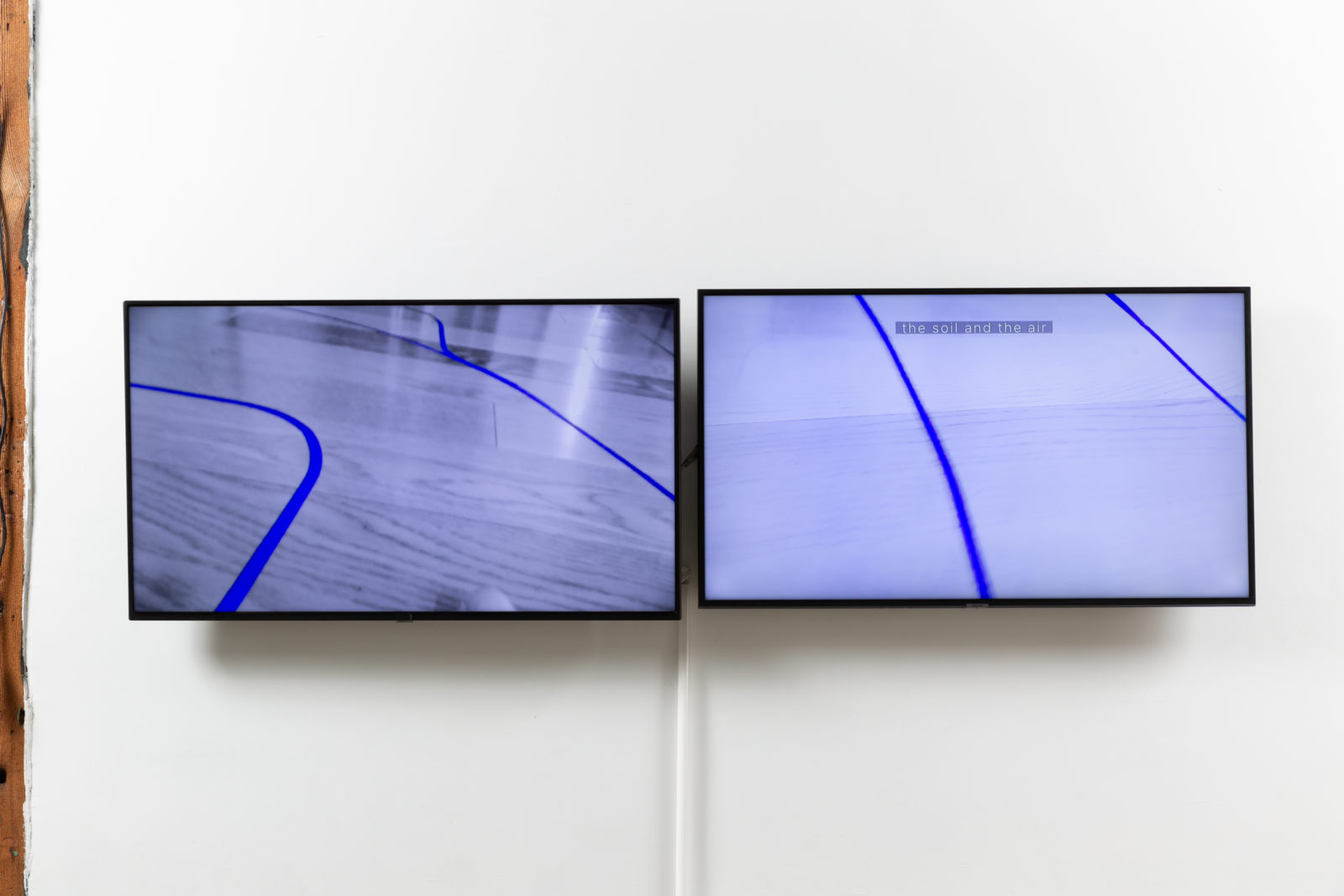
HUMAN PERFORMER, by Ibuki Kuramochi, asks where does the significance of physicality, with its boundaries and otherness, converge? Kuramochi re-examines Asian (Japanese) female physicality, the impacts of patriarchy and tradition, and essentialism in the context of post-human feminism through Japanese Butoh dance. Butoh dance is traditionally performed wearing “Noh” masks, which were relegated to men only. In this piece, Kuramochi mixes these faces – the face of my elderly self masculinized by AI, the face of a traditional elderly man, and the face of a traditional Japanese woman – to explore notions of tradition and essentialism In the cultural matrix, what are the privileged values necessarily possessed by gender and what does it mean to be a MAN = human being?
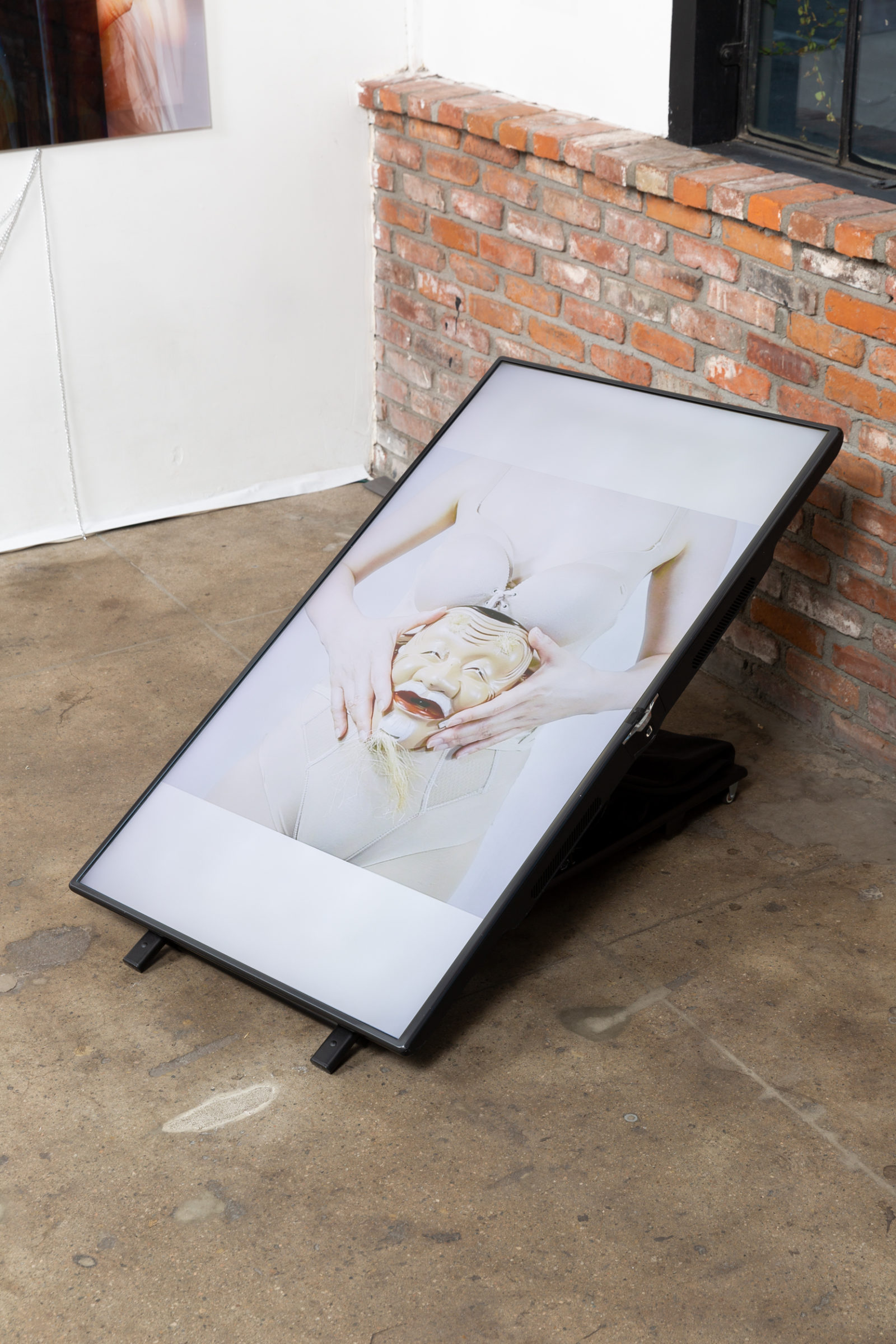
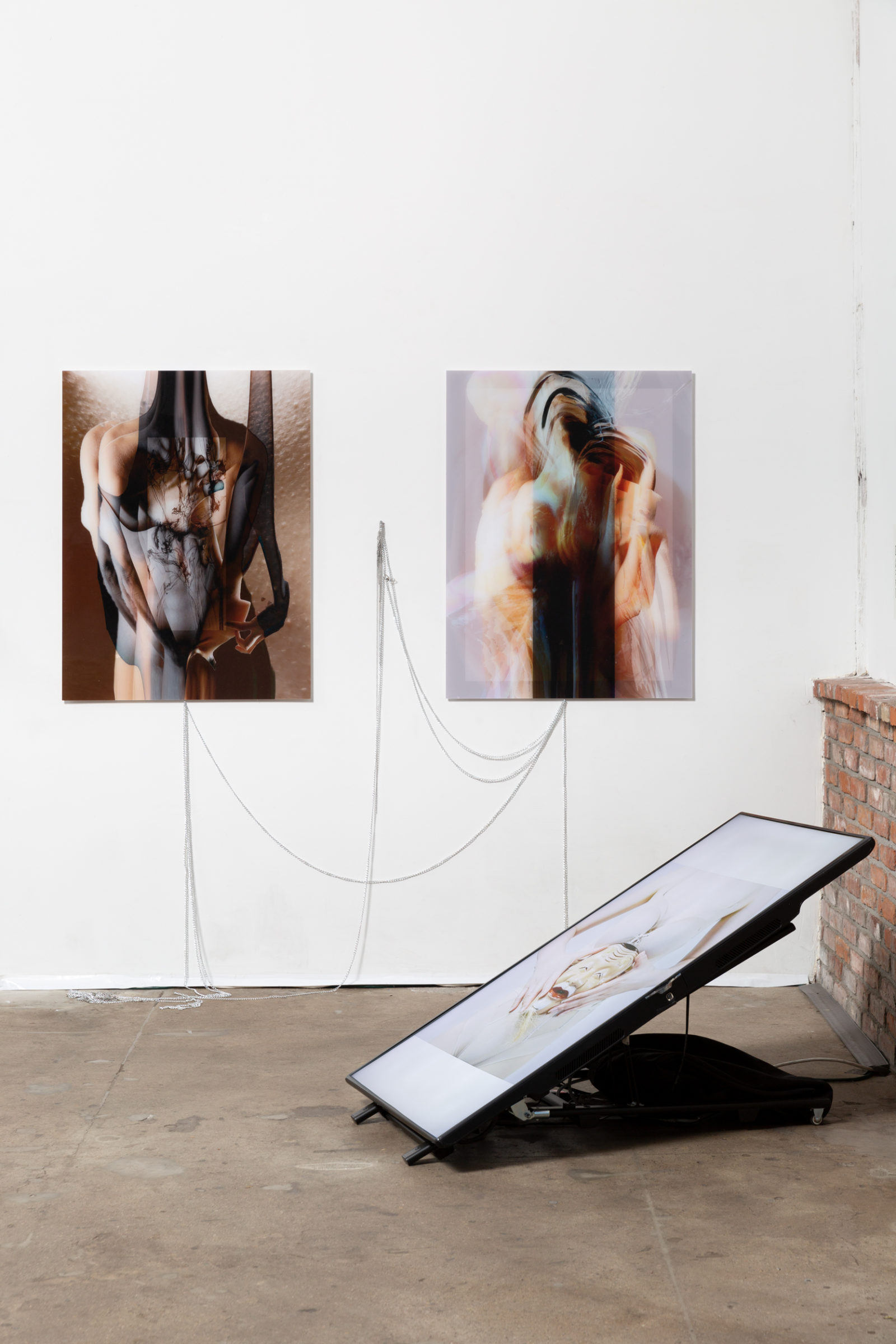
Mich Miller situates knowledge and connection in the archiving of personal histories of trans men and nonbinary individuals in their work husbands (Jacksonville, FL). The empty testosterone bottles are encapsulated in geometric resin forms. Each piece holds testosterone vials sourced from one individual; each encapsulates a certain stretch of time. One ten-milliliter bottle held one month’s worth of injections. The pieces in the space contain twelve bottles, the physical remnants of one year’s transition. These objects are a site for imagining and visualizing the incremental changes and euphoric moments contained within any transition. They also evoke barriers to medical transition; the empty bottles are visible but unreachable symbols of potential. As this project continues in perpetuity, it will be constantly informed by the changing political and social landscape. Anti-trans legislation, medical advancements, and blockades, increased gender acceptance, and a disproportionate number of trans targeted hate crimes. The clear empty vessels Mich Miller presents become a site to hold all of these changes and contradictions as they evolve. They connect us to the intimate and transformative experience of the individual’s hands they passed through.

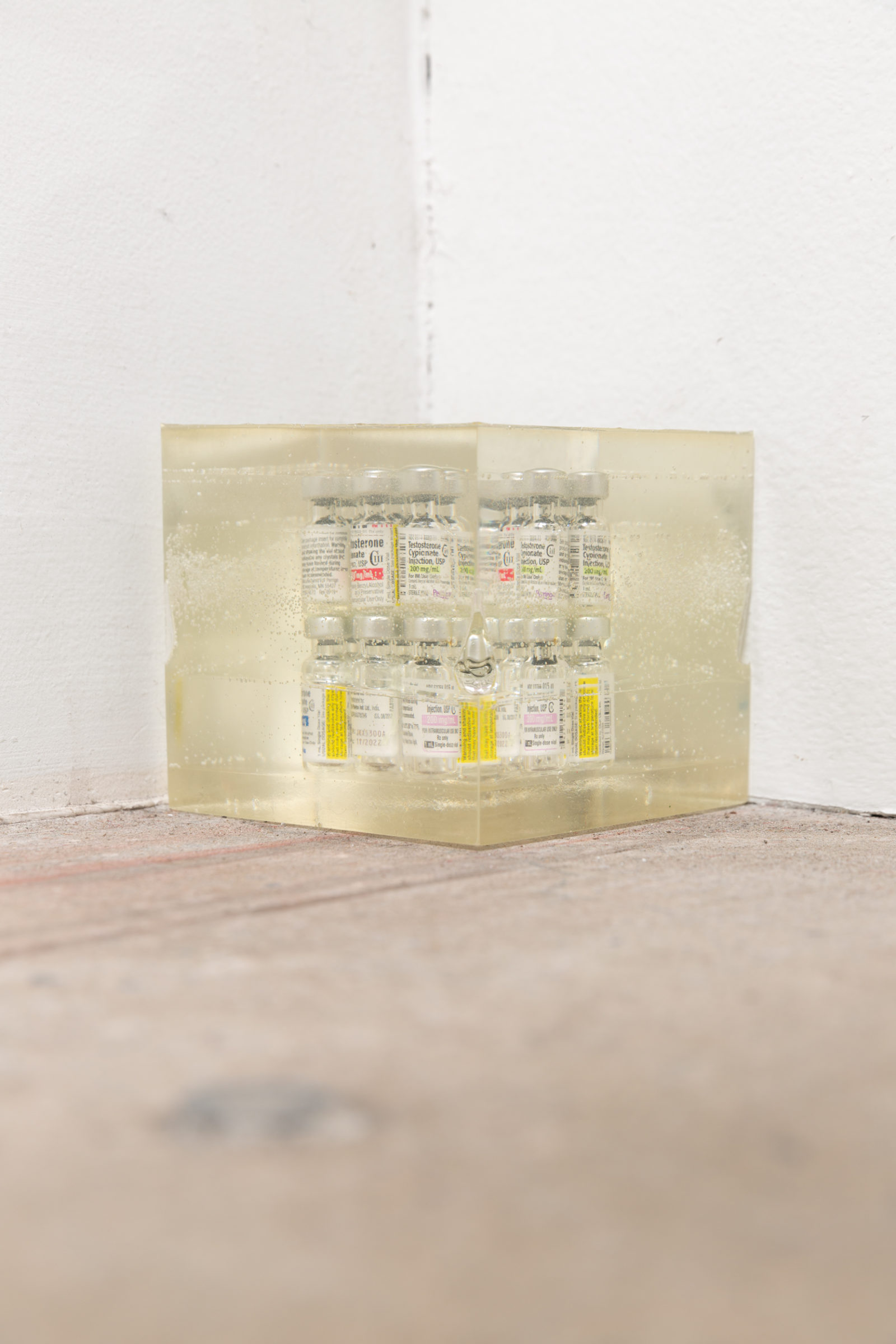
Maya Livio and Paige Emery invite viewers to consider ecological wisdom to inform our understanding of the passage of time, process, and nature as counselor.
Maya Livio’s RE: Generative Images is a research-driven work-in-process on the material ethics of generative digital image-making, is an experiment in rejecting technological progress narratives and embraces environmentally-informed methods as generative guardrails rather than limitations. This installation documents material research and writing from the last few years. It particularly centers on American Pokeweed (Phytolacca americana), an herbaceous plant native to much of North America that is considered a pest by gardeners and farmers but is beloved by many birds.
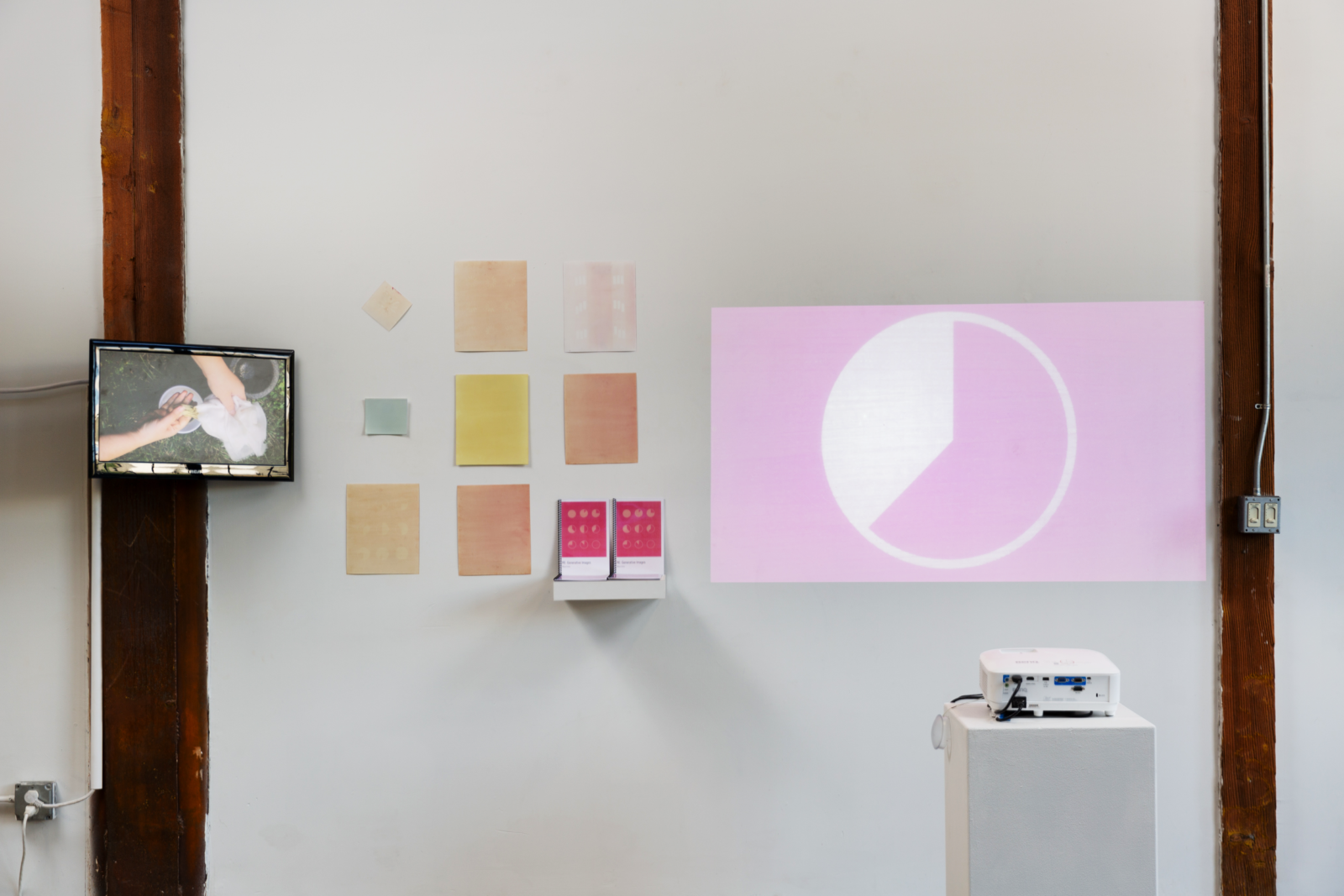
Paige Emery’s Methods for Descrying: the water shapes the plants and the plants shape the water is a contemplation on water scrying, a method of divination by which one gazes into water in a meditative state, employing intuition to pull out images that arise in sensory communion as guidance for the unknown. The word “scrying” comes from “descry,” which means seeing something unclear by looking carefully; to catch sight. Unlike other forms of divination that provide counsel for the future in the form of tangible prescriptions, scrying is more of an opening – a practice of how one senses their environment. Rational epistemology suspends in comatose in order to make space for the watery, sensory openness that invites guidance. The reflective surface dances into shape forms that resonate with stillness in the mind. Divination by scrying does not so much look outwards toward the future but inwards to better understand one’s relationship with the future.


In a “post-pandemic” world, there is pressure to restore the status quo pre-2020. a time to tear, a time to mend invites visitors to consider alternatives to the status quo by fostering deeper connections to our bodies, other peoples, technology, and nature–to slow down and notice. These works offer space to metabolize and grieve trauma and loss, to rebuild and reimagine new ways of engaging with the world, to deepen our discernment in forming our opinions and disillusion us to paradigms that no longer serve us.
